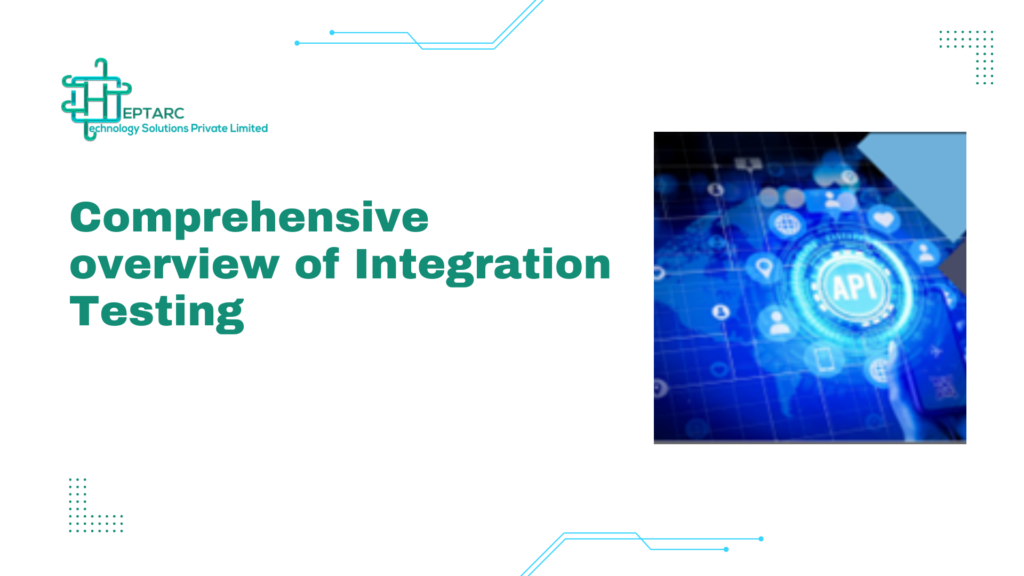
Introduction
This presentation provides a comprehensive overview of the Salesforce complete testing process. Understanding this process is essential for ensuring the quality and reliability of Salesforce applications. We will explore various testing methodologies, tools, and best practices to optimize the testing workflow.
Table of content
- Introduction to Salesforce Testing
- Types of Testing
- Testing Methodologies
- Test Planning
- Automated Testing
- Manual Testing
- Defect Management
- Best Practices
- Future of Salesforce Testing
- Conclusion
- Bibliography
Types of Testing
The Salesforce testing process includes various types of testing such as unit testing, integration testing, and user acceptance testing (UAT). Each type plays a vital role in validating different aspects of the application, ensuring comprehensive coverage and quality assurance.
Unit Testing in Salesforce:
Unit testing focuses on individual components of the Salesforce application. Developers write test classes to validate the functionality of specific methods. This practice helps in identifying issues early in development, promoting better code quality and maintainability.
Integration Testing Overview:
Integration testing ensures that different components of the Salesforce application work seamlessly together. It verifies the interaction between various modules and external systems, identifying potential issues that may arise during data exchange or process execution.
User Acceptance Testing (UAT):
User Acceptance Testing (UAT) is the final phase of testing, where real users validate the application against business requirements. This step is crucial for ensuring that the application meets user expectations and is ready for deployment in a live environment.
Testing Methodologies
Adopting appropriate testing methodologies is crucial for effective Salesforce testing. Common methodologies include Agile, Waterfall, and DevOps, each providing unique advantages depending on project requirements and team dynamics.
Test Planning
A comprehensive test plan outline the scope, objectives, resources, and schedule for testing activities. It serves as a roadmap to ensure that all aspects of the Salesforce application are thoroughly evaluated.
Automated Testing Tools
Utilizing automated testing tools can significantly enhance the efficiency of the Salesforce testing process. Tools such as Selenium, Provar, and Salesforce Test Automation Framework allow for faster execution of tests, enabling teams to focus on more complex testing scenarios.
Manual Testing Techniques
While automation is vital, manual testing techniques remain essential for exploratory testing and scenarios that require human judgment. Testers can identify usability issues and provide feedback on user experience, which automated tests may overlook.
Defect Management
Effective defect management processes are critical in Salesforce testing. Identifying, documenting, and prioritization defects ensures that issues are addressed promptly hereby maintaining application quality and user satisfaction.
Performance Testing
Conducting performance testing is essential to ensure that Salesforce applications can handle expected loads. This includes evaluating response times, scalability, and overall system behavior under various conditions to ensure a seamless user experience.
Security Testing
With the increasing importance of data security, security testing in Salesforce is paramount. This process identifies vulnerabilities and ensures that sensitive data is protected against unauthorized access and potential breaches.
Best Practices
Implementing best practice in Salesforce testing can significantly enhance outcomes. This includes maintaining clear documentation, regular communication among team members, and continuous integration of testing throughout the development cycle.
Future of Salesforce Testing
The future of Salesforce testing will likely involve greater automation, integration of AI, and enhanced collaboration among teams. Staying updated with trends is vital for maintaining effectiveness.
Bibliography
CONCLUSION
In conclusion, the Salesforce Complete Testing Process is essential for ensuring quality and efficiency in application deployment. By following structured testing methodologies and best practices, organizations can achieve successful Salesforce implementations.
Thank You














February 1, 2024
0 comments